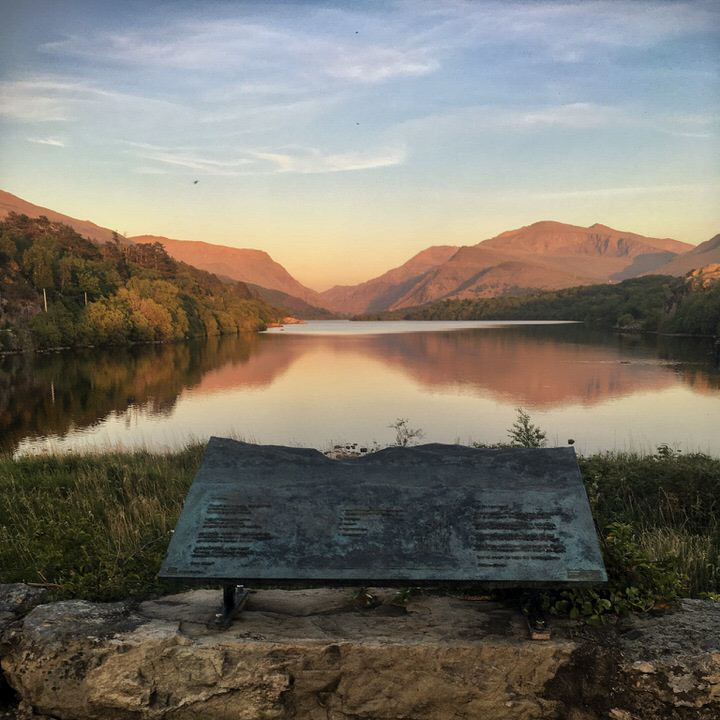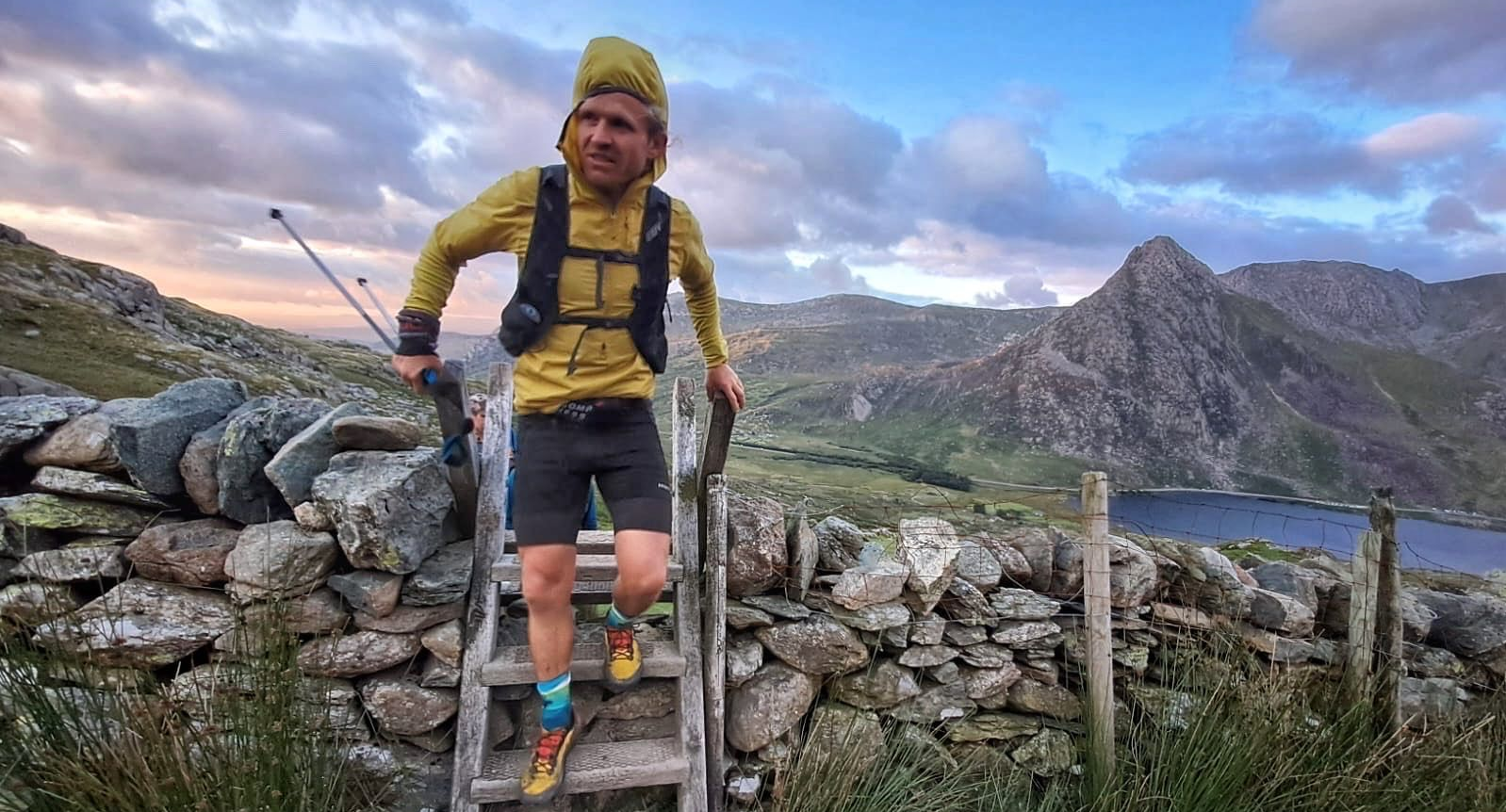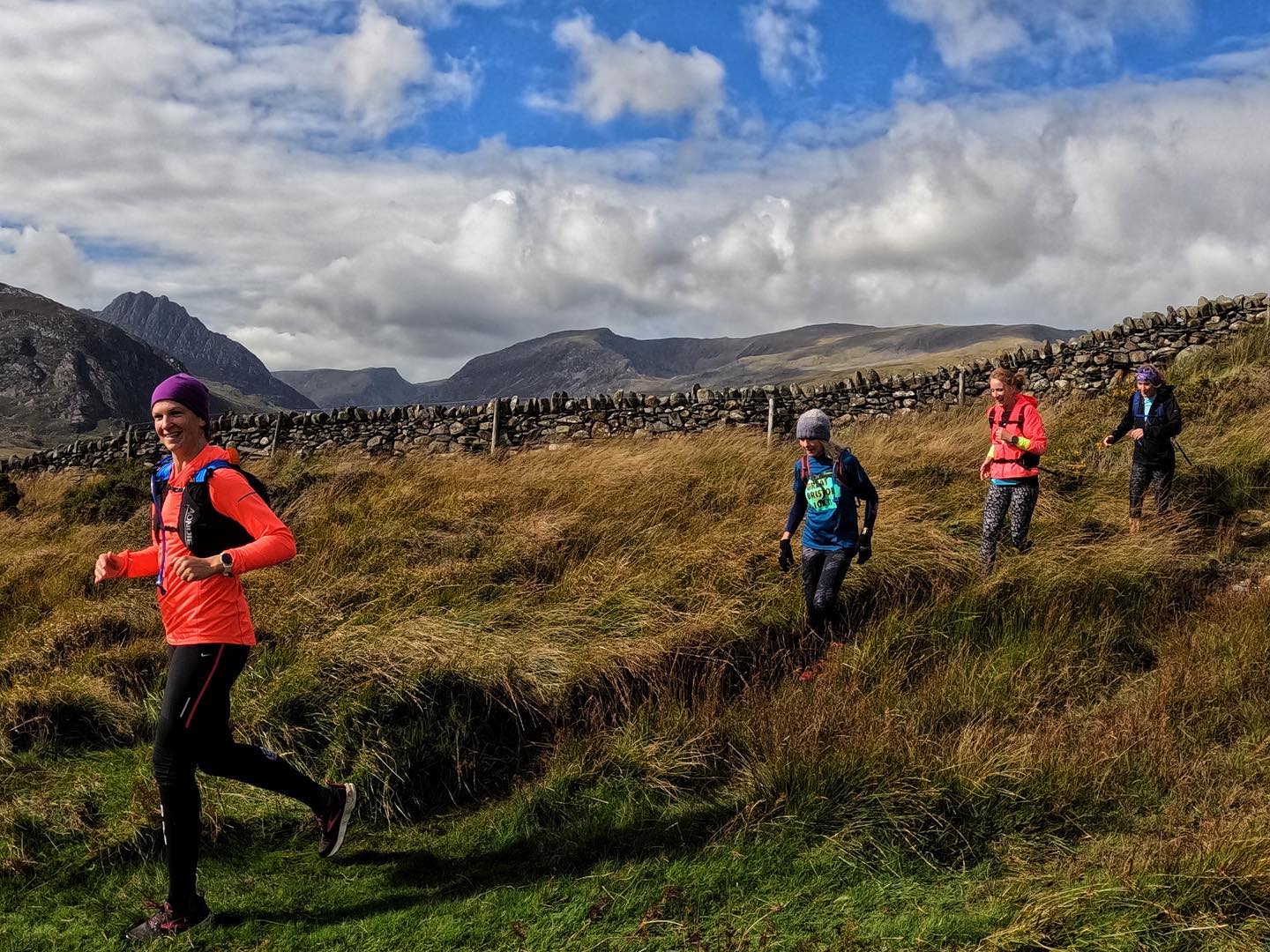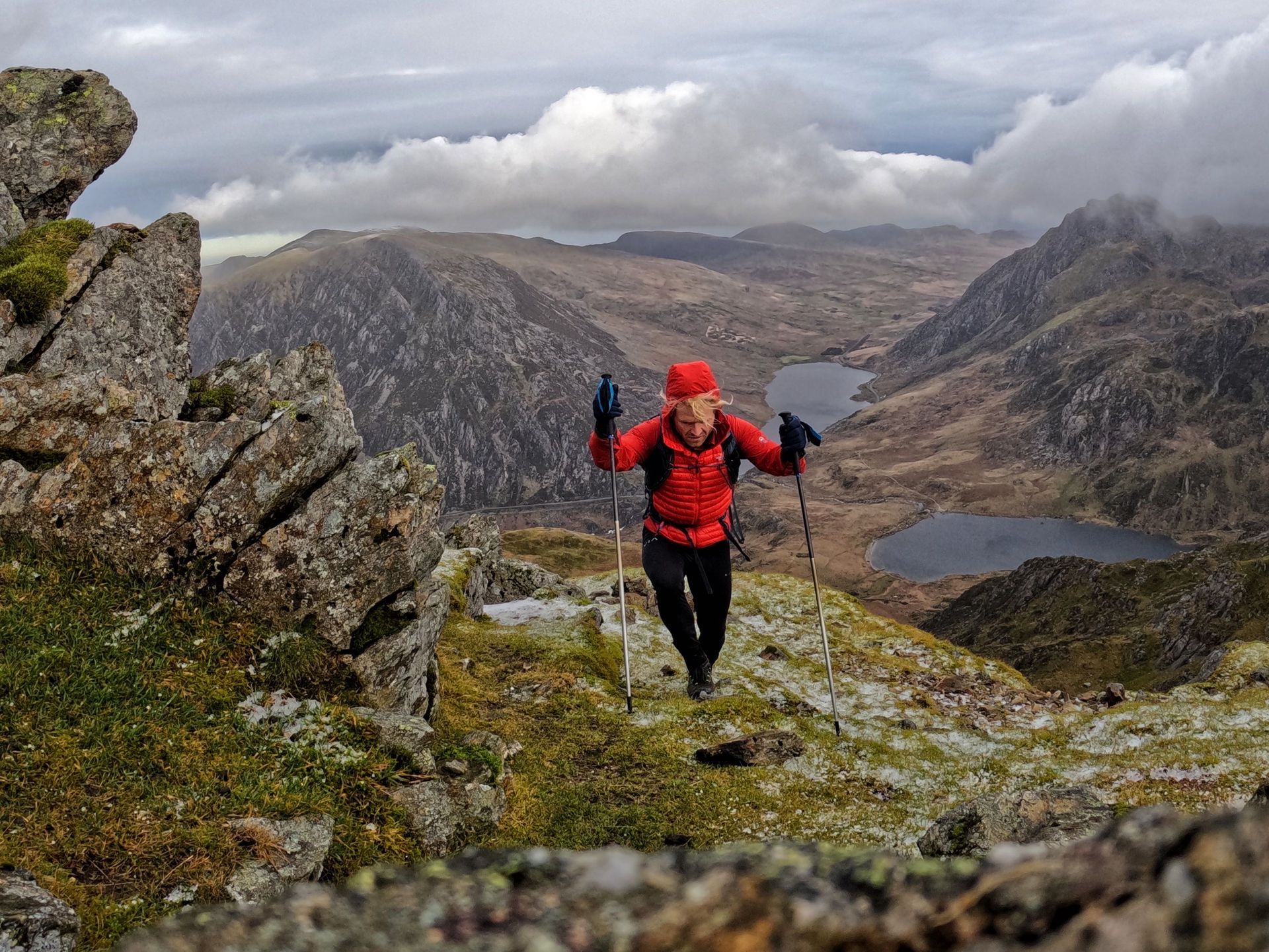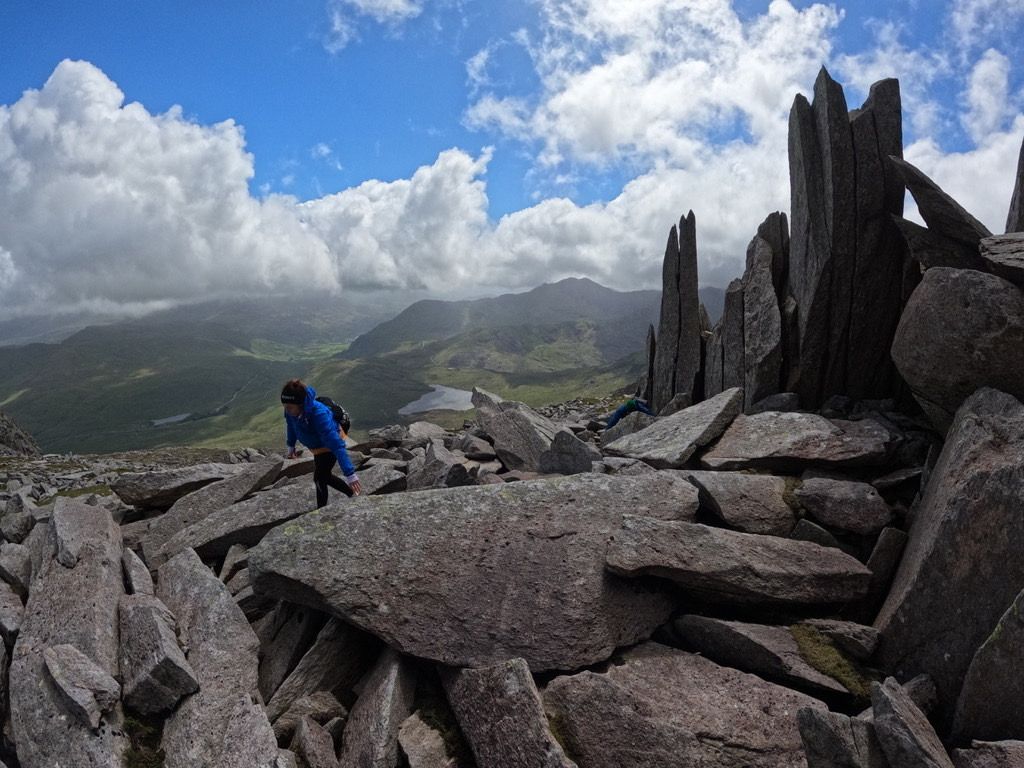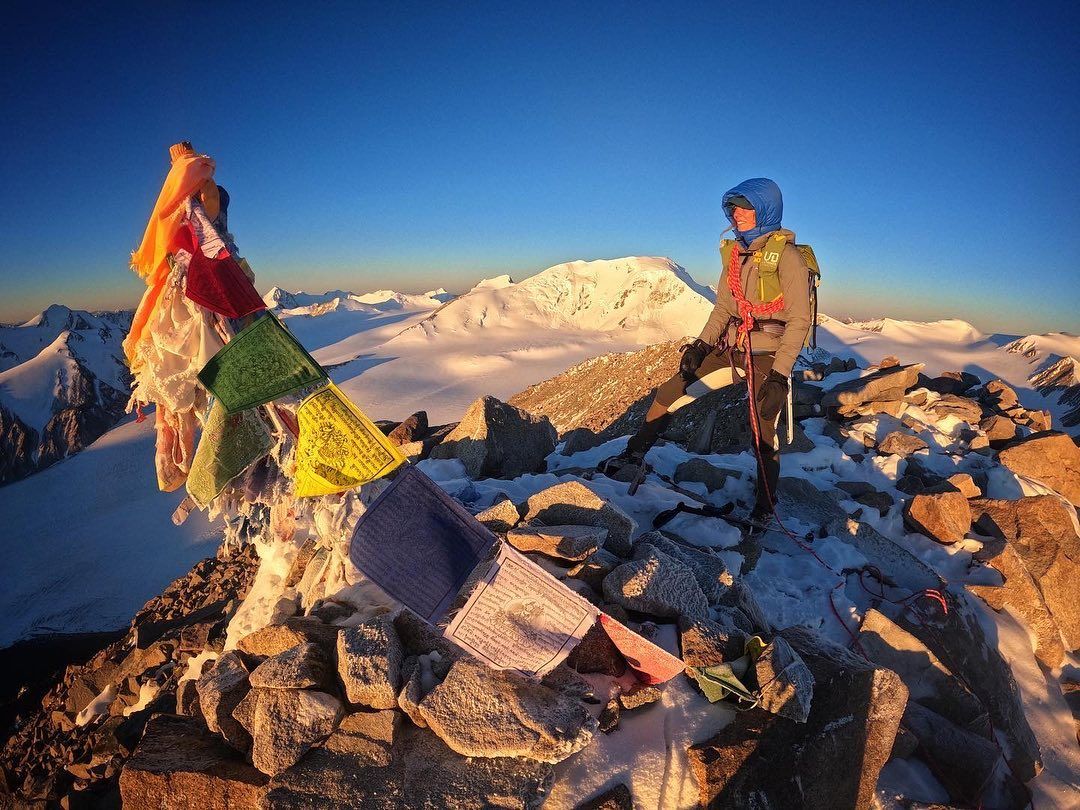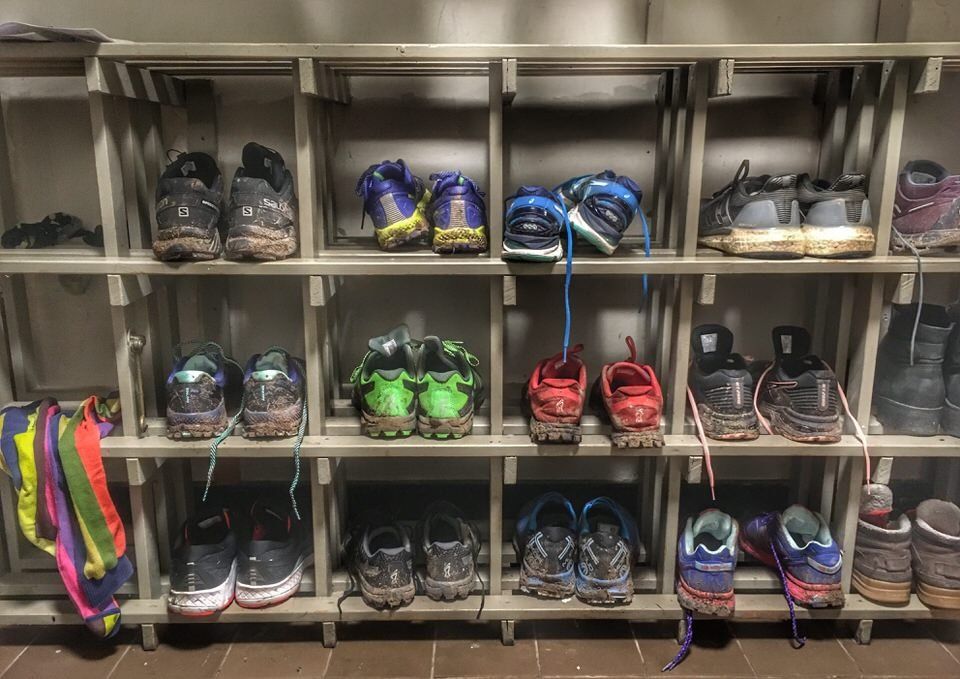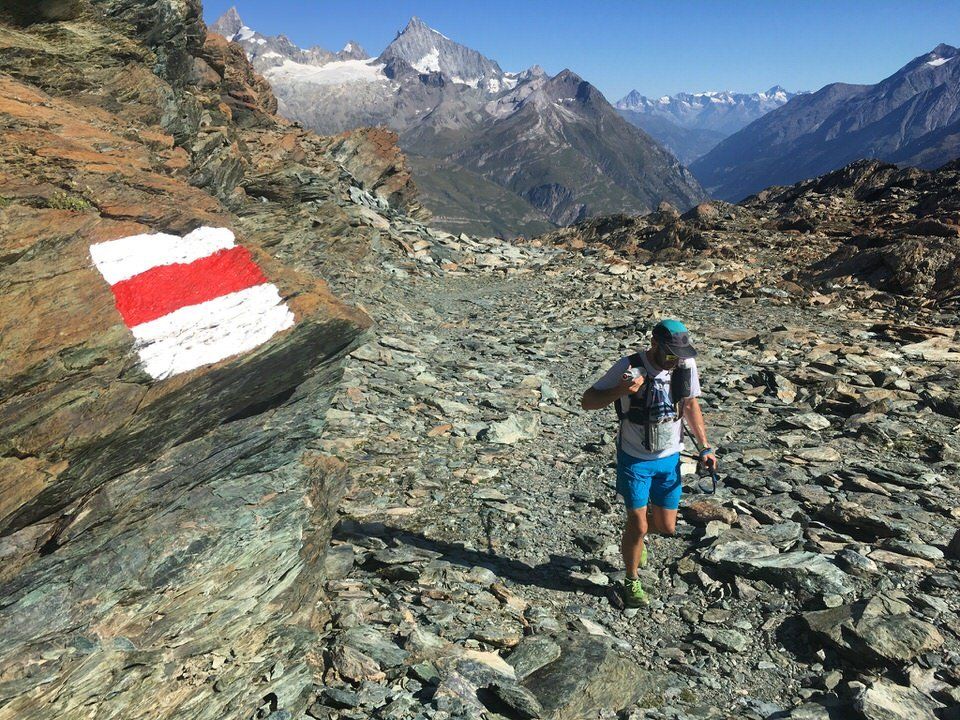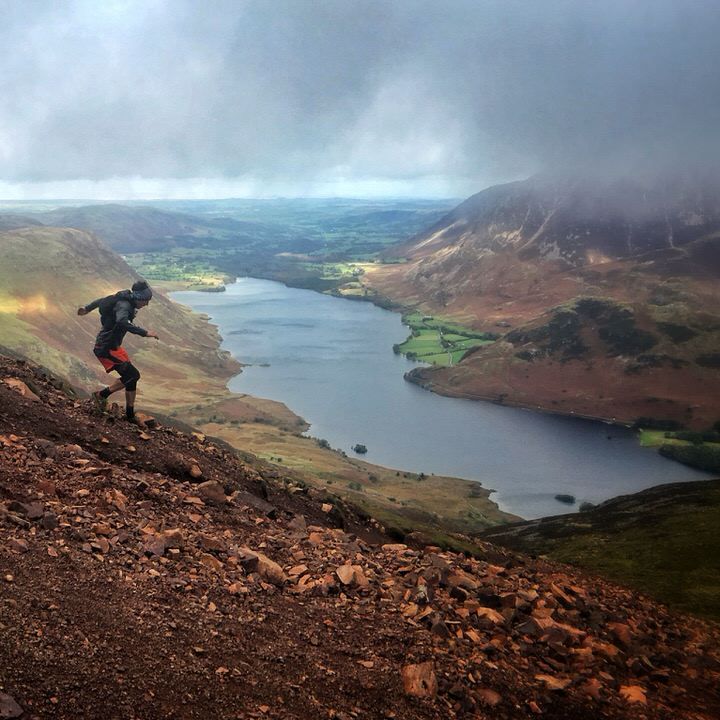How to start rock climbing outdoors
Top tips to get you started rock climbing outdoors
Making the step from a local climbing wall with its colour coded set routes that is a controlled environment to
climbing outdoors on rock can be a daunting prospect. From finding the rock face (crag) to knowing which route you are about to commit to and retrieving your shiny rack theres a lot more to consider and learn.
Here are some top tips to help you on your way.
The logical progression from an indoor wall is to start sport climbing which relies on permanent anchors fixed to the rock for protection. It shares a lot of similarities to indoor walls but don’t be fooled into thinking its the same. Its not!
- Climb with an experienced climber. Oscar Wilde once said that “Experience is simply the name we give our mistakes”. 15 years after my first experiences of rock climbing in the Avon Gorge
with little to no experience, I sometimes wonder how I didn’t seriously injury myself. Getting out with friends that are experienced climbers is a great way to get introduced to climbing outdoors and will be a lot of fun. If this isn’t an option for you, then there are a wealth of climbing clubs that can be found on the BMC website
or you could use the experience of a qualified instructor and book on a learn to lead
sport climbing course so you can learn from someone else’s mistakes!
- Buy a guide book for the area. Rockfax
has a database of nearly all the routes all over the country and is a great resource. However the number of times I have been at the base of a rock face watching someone with their phone, trying to work out which route they are about to set off on…. 5c? no 7a! Guidebooks are written by climbers for climbers and contain every bit of information you need from driving to the crag, how to get to the routes, route descriptions, access, bird restrictions, local history of climbing and a lot more.
- Lower your grade. Just because you climb 6a indoors don’t expect to climb the same grade outdoors. Reading indoor climbing wall routes are a lot easier, due to the coloured holds. When you climb outside you will need to read the rock which only comes with time and experience on the rock.
- Trust your feet.
Having coached climbing both indoors and outdoors I’ve found there is a heavy reliance on upper body strength in climbers that have only climbed indoors. Being able to use the powerful muscles of your legs to move up the rock face and to trust your feet on small holds is vital to progress your climbing on rock.
- Wear a helmet.
Ask any (and I do mean any) climber who has climbed outdoors, if they have ever had any near misses? If anyone says no then they have done very little climbing outdoors or are lying. I've had stones whizzing by me at such speeds they whistle as they fly by, small rocks dislodged by other parties or wildlife and a block falling near me that was big enough that the consequences of a direct hit would of been fatal. I don’t want to put the fear in you but climbing has its dangers, do you, your friends and your family a favour and wear a helmet!
- Take a headtorch with you.
It gets dark in the evenings pretty quickly and its all too easy when you are climbing to loose track of time. Its also one of those unwritten rules that if anything is likely to go wrong (ropes getting stuck or struggling to finish a route) it will happen in the failing light. For its weight, a head torch in your bag pocket is a vital bit of kit you will always be glad you took!
Dean Russell is a climber, mountaineer and trail runner who coaches climbing indoors and outdoors and runs climbing courses in theBristol area you can find out more by visiting http://www.adventure-awaits.co.uk/about
